Training Commercial Flower Farms in Uganda on Water Source Protection
Commercial flower farming is a water dependant and -intensive sector. For example, the water footprint to produce one rose is estimated to be 7-13 litres. In Uganda, 13 out of a total of 15 commercial flower farms are located around the Lake Victoria basin, the world’s second largest freshwater lake. They derive their water for production mainly from the lake, but also from groundwater boreholes.
Water source protection planning and implementation
To ensure that the flower farms are using their water sources sustainably, compliance with national regulations is crucial. In 2013, the Ugandan Ministry of Water and Environment through the Directorate of Water Resources Management, developed Water Source Protection Planning (WSPP) Guidelines (available here: The Ministry of Water and Environment). Five volumes were issued, each on a specific type of infrastructure project, namely point water sources, piped water sources, dams and irrigation schemes and hydropower plants. According to these guidelines, each infrastructure project with water use is expected to prepare and implement a Water Source Protection Plan.
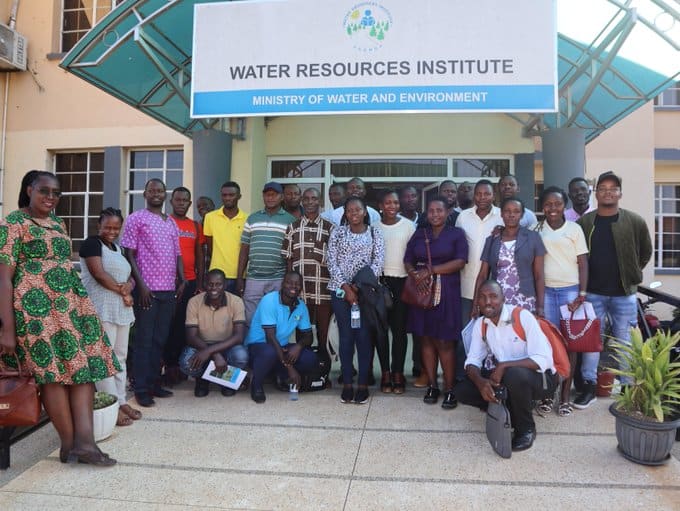
Under the Commercial Flower Farms Integrated Catchment Management Partnership, a 2-day training was conducted to build the capacity of commercial flower farms on water source protection planning and implementation. The training was held on 21st and 22nd of July at the Water Resources Institute in Entebbe. It was organized by the Ministry of Water and Environment through the Water Resources Institute (WRI), Uganda Flowers Exporters Association (UFEA) and NatuReS. During the training, regulators, developers, and commercial flower farms came together to break their silos and share experiences and lessons around water source protection planning and implementation for the sustainable management of water sources.
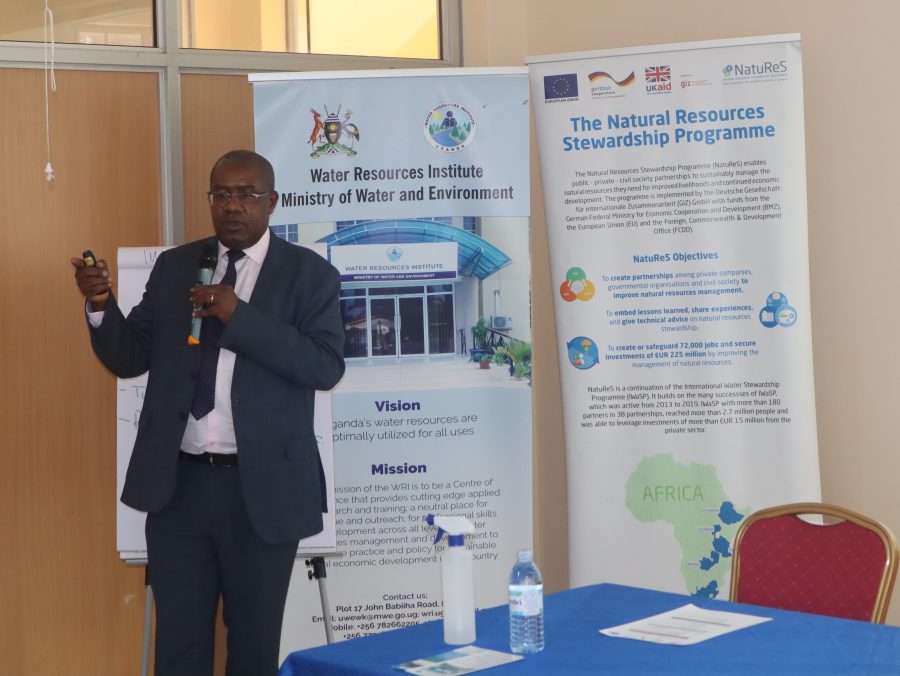
The training was opened by Dr. Callist Tindimugaya, Commissioner for Water Resources Regulation and Planning, followed by Anna Pamberg, Country Coordinator NatuReS Uganda, and Esther Nekambi, Executive Director of UFEA, each giving their remarks on the importance of the training. During the first sessions, participants were introduced to integrated water resources management and the five volumes of water source protection guidelines.
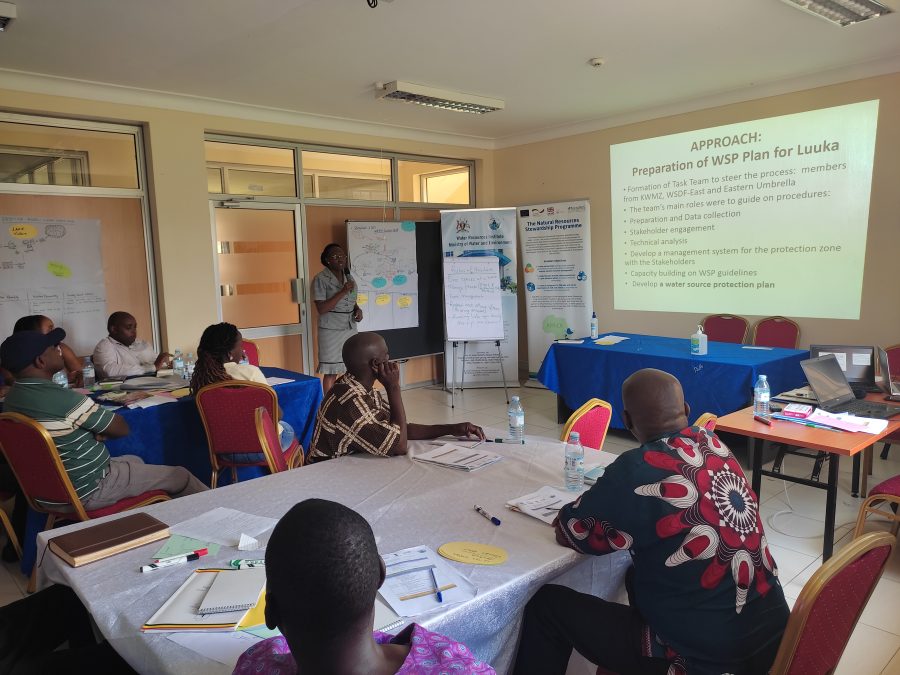
From theory into practice, a big focus of the training was put on understanding the guidelines, the importance of water source protection and how to plan and implement water source protection measures at farm level. Regulators and other developers shared examples of water source protection plans. A short visit to Lake Victoria offered participants practical insights into the various concepts and methods outlined in the WSPP Guidelines and the necessity to protect the available water resources.
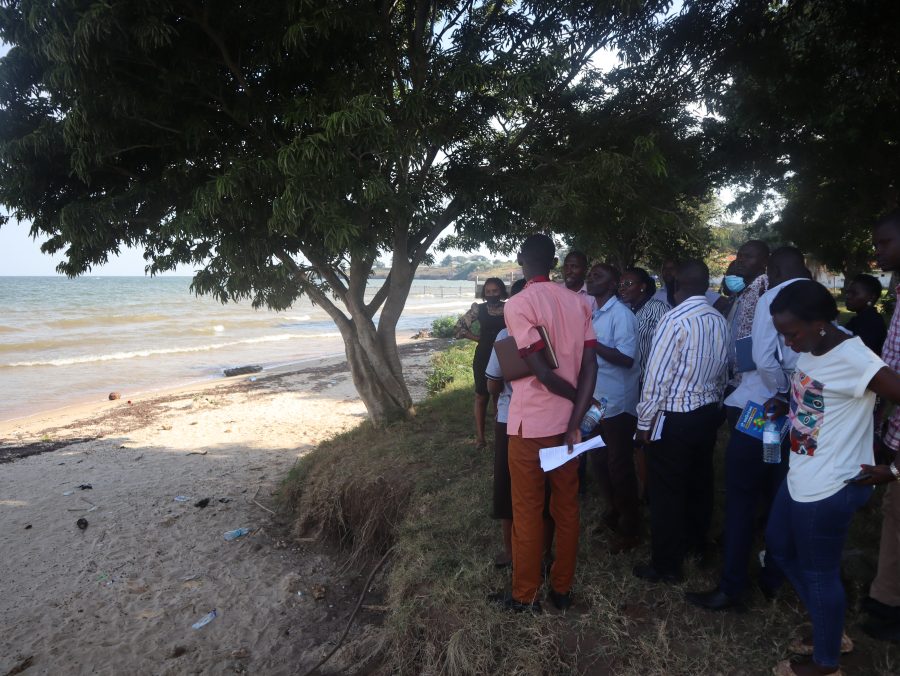
Moving to the protection of their own flower farm water sources, the second day started with a group exercise where participants had to identify and map their farm’s water sources, water source protection challenges, causes of those challenges, and possible solutions. Based on this, the participants developed action plans containing next steps for water source protection planning at their respective farms. This activity helped the participants in understanding and applying the threats, pathways, and water source included in the conceptual model to their own situation.
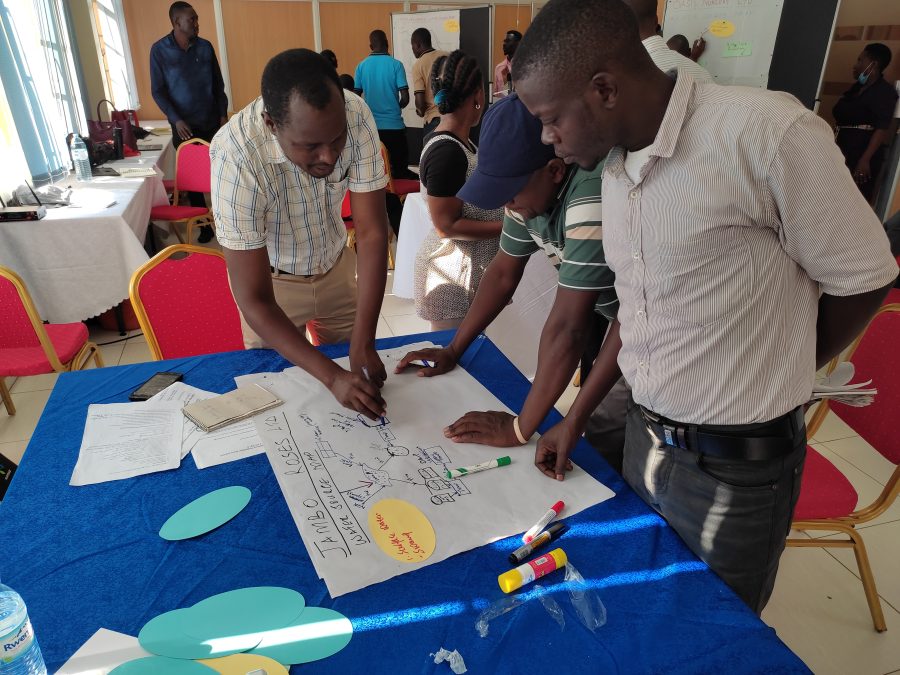
Equipped with these action plans and an increased knowledge on water source protection planning and implementation, participants are now able to approach their respective management to initiate next steps towards the protection of their farms’ water sources. Participants left the training also better prepared for their own role at the farms, as far as water source protection is concerned. Thanks to better protected water sources on the farms, investments in the sector can be safeguarded. Bringing together members from 13 commercial flower farms has finally also contributed to building a network of sharing and learning between the farms and fostering sector cooperation.
“Now I have acquired knowledge on water resource protection and am willing to practice it at our farm.”
Training participant